The policy of restructuring, merging and dissolving universities and vocational training institutions was affirmed by the Politburo in Resolution No. 71 on breakthroughs in education and training development. The Ministry of Education and Training was assigned to develop the project, submit it to the Prime Minister for decision and implement it in 2026.
PERSONNEL EVALUATION AND RESTRUCTURING
Associate Professor Dr. Do Van Dung, former Principal of Ho Chi Minh City University of Technical Education, said that merging two different university/college training institutions is a complex process, aiming to optimize resources, improve training quality and meet international standards. However, this process often faces many challenges: differences in organizational culture, resource fragmentation and small scale. It should not be mechanically merged but rather strategically restructured to form a strong, multidisciplinary university.

Many issues arise that need to be resolved when arranging and restructuring university training facilities.
PHOTO: DAO NGOC THACH
According to Associate Professor Dung, differences in qualifications, work culture, role conflicts (duplication of positions) and concerns about job loss or salary reduction lead to reduced motivation and internal conflicts. Therefore, it is necessary to evaluate and restructure human resources by establishing an independent committee (including representatives of the two schools and external experts) through skills testing and interviews. From there, classify workers into 3 groups: maintain, provide additional training, and transfer positions. Priority should be given to retaining lecturers with doctoral degrees and providing additional training for other groups.
According to Associate Professor Dung, the merger of the two training institutions also has differences in training programs and teaching methods. The merger should aim at a multidisciplinary university. In addition, a professional council should be established to review and consolidate the program within 6-12 months, eliminate duplication and add new subjects. At the same time, students should be allowed to complete the old program in 2 years, then transfer to the new program with equivalent credits. Organize additional online training to reduce disruption.
The leader of a university in the Central region believes that the arrangement of university facilities must basically follow the development orientations of the university system and the existing network planning. "It should be arranged by profession to avoid duplication and waste of public resources. However, the solution to this problem depends on the specific situation of the distribution of schools and training fields by region," he analyzed.
However, according to this leader, the number of university branches is quite large but the training scale is too small. Therefore, maintaining branches in these cases is not immediately effective for universities. "In recent times, many university training institutions have tended to increase in scale and develop horizontally. In the coming time, schools must focus more on science, technology and innovation to improve their level instead of just focusing on training as before," this leader commented.
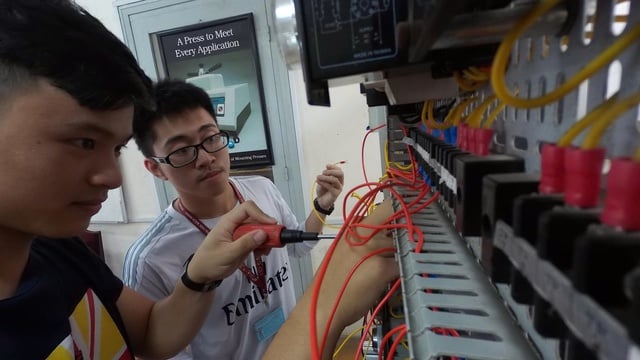
We should not combine mechanically but need to restructure the strategy to form a strong, multidisciplinary university.
Photo: Dao Ngoc Thach
C. TUITION AND ADMISSION POLICY
Sharing with Thanh Nien reporter, the leader of a university in Ho Chi Minh City proposed organizational and management solutions in the process of merging higher education institutions in general. To ensure unity and efficiency in organizing activities between institutions after the arrangement, it is necessary to apply some specific organizational and management solutions.
According to this leader, in terms of organizational structure and task assignment, during the merger process, each campus will have one person taking on the main role of each department at that campus. This ensures that each campus has a person primarily responsible for management and operations at the campus, creating clarity and efficiency in implementing work. If conditions permit, one person can take on the role of managing 2-3 departments at different branches, helping to save personnel costs and maintain flexibility in management between campuses. However, the university headquarters will play a leading role and take on important decisions on strategy, finance, training and international cooperation activities, creating consistency across the entire school system.
"Regulations on training regulations, training programs and methods of measuring and evaluating learning outcomes will be unified and applied synchronously at all facilities and branches of the university. Training regulations will be applied uniformly to all students and lecturers in the school, regardless of facility or region. This creates fairness and uniform quality in teaching, learning and evaluating students' learning outcomes at all facilities," the leader added.
Regarding tuition fees, this leader believes that there needs to be flexibility based on location. Tuition fees will be adjusted flexibly depending on the location of the branches. If the school's main headquarters is located in Ho Chi Minh City, where the cost of living and operating is high, tuition fees at branches in other areas will be much lower than in Ho Chi Minh City. Adjusting tuition fees is completely reasonable because the cost of living and operating in different areas has a large difference, and tuition fees need to reflect this to ensure that students in different areas have the opportunity to access education without financial difficulties.
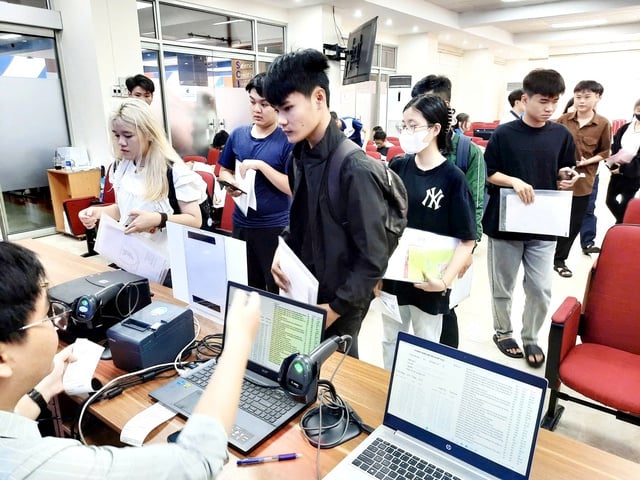
When merging and arranging university educational institutions, it is also necessary to take into account the enrollment work.
Photo: Dao Ngoc Thach
"The flexible tuition policy helps create fairness for students in different regions, while helping the university maintain sustainable development and attract students from less developed regions," the leader emphasized.
Meanwhile, regarding enrollment, according to this leader, the school's headquarters will take on a leading role in managing the entire enrollment process, from planning enrollment, developing promotional strategies, to attracting candidates. Branches will support the headquarters, mainly helping the main school organize local activities.
"The merger of higher education institutions is an opportunity to optimize management activities and improve training quality. By rationally organizing departments, unifying training regulations and training programs, and flexibly adjusting tuition fees according to locality, higher education institutions will continue to develop strongly, maintain high quality education and expand learning opportunities for students from all regions," this leader said.
Proposal to not train college in universities
Proposing specific issues after merging training facilities, the chairman of the board of a university in Ho Chi Minh City said that in the near future, there may be a situation where colleges merge into universities. However, except in special cases, colleges should only merge into junior colleges to increase the overall strength in vocational training.
"If colleges have to be merged into universities, only existing colleges should be trained and no new college students should be recruited within the university. University training facilities should only focus on undergraduate and postgraduate training. Even colleges should have two types of training: professional colleges that can be linked to higher education levels and vocational colleges that do not link but mainly train vocational skills," this person analyzed.
Regarding other issues, the chairman of this school board believes that after the merger, it is necessary to follow the common standards of the merged university, such as: degrees, tuition fees, training programs, etc. "During the merger process, the most "difficult" issue is probably human resources. However, the screening process in the spirit of humanity, for example, merging a college into a university, personnel from the college who do not meet the university's standards may need a period of time to complete the required qualifications to be able to meet the job requirements," the chairman of this school board shared.
Source: https://thanhnien.vn/sap-xep-sap-nhap-truong-dh-quyen-loi-cua-nguoi-lao-dong-sinh-vien-ra-sao-185251015195228329.htm


![[Photo] Many dykes in Bac Ninh were eroded after the circulation of storm No. 11](https://vphoto.vietnam.vn/thumb/1200x675/vietnam/resource/IMAGE/2025/10/15/1760537802647_1-7384-jpg.webp)
![[Photo] Conference of the Government Party Committee Standing Committee and the National Assembly Party Committee Standing Committee on the 10th Session, 15th National Assembly](https://vphoto.vietnam.vn/thumb/1200x675/vietnam/resource/IMAGE/2025/10/15/1760543205375_dsc-7128-jpg.webp)



![[Photo] General Secretary To Lam attends the 18th Hanoi Party Congress, term 2025-2030](https://vphoto.vietnam.vn/thumb/1200x675/vietnam/resource/IMAGE/2025/10/16/1760581023342_cover-0367-jpg.webp)

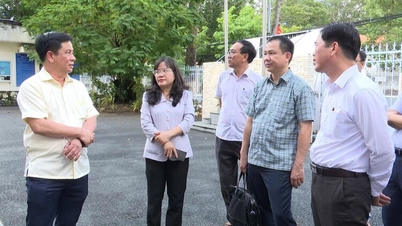





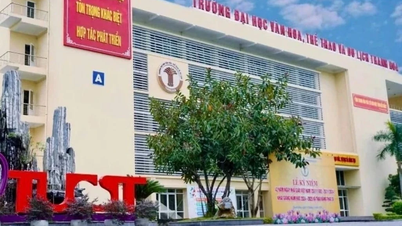


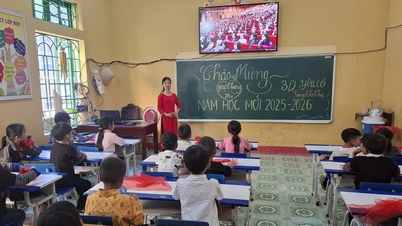

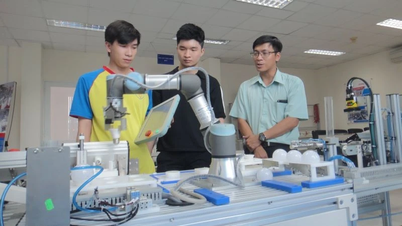



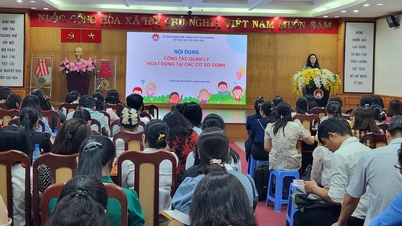
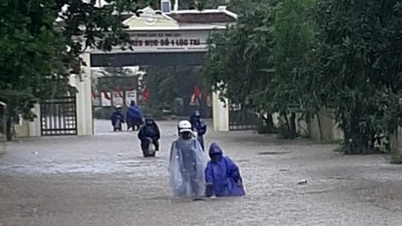




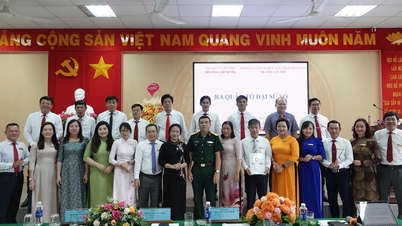


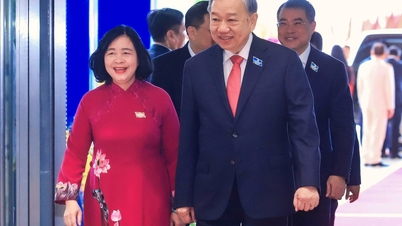



![[Video] TripAdvisor honors many famous attractions of Ninh Binh](https://vphoto.vietnam.vn/thumb/402x226/vietnam/resource/IMAGE/2025/10/16/1760574721908_vinh-danh-ninh-binh-7368-jpg.webp)










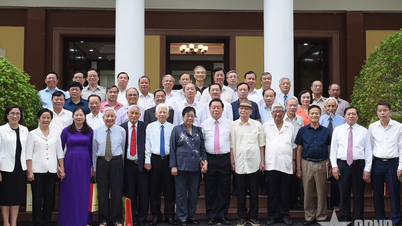







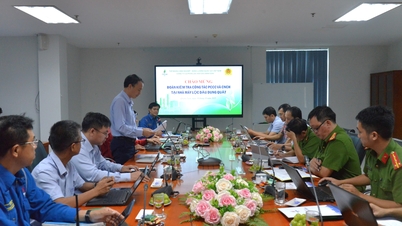










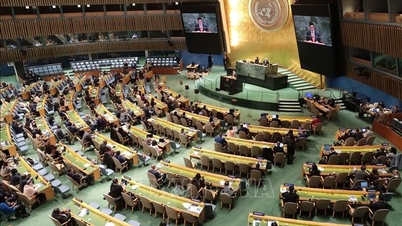
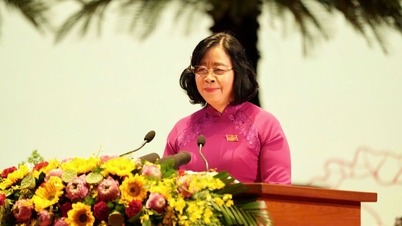





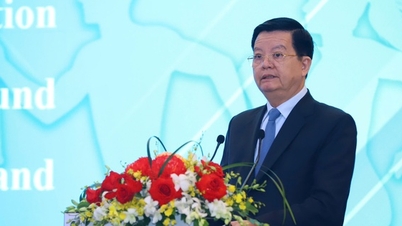
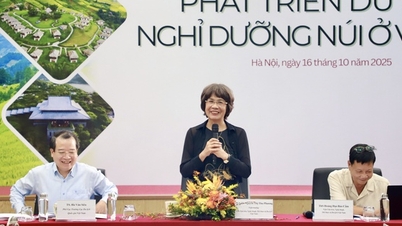
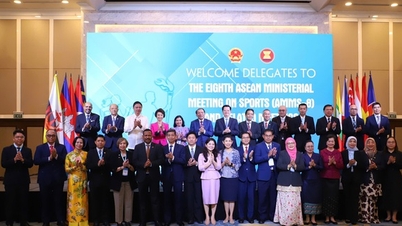
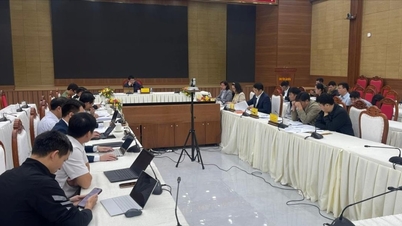






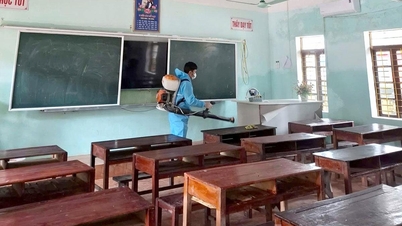
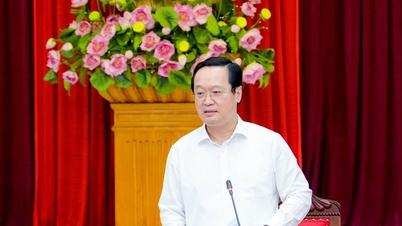


















Comment (0)